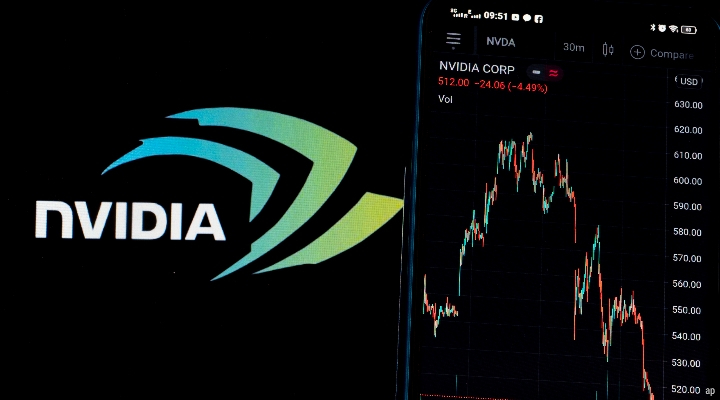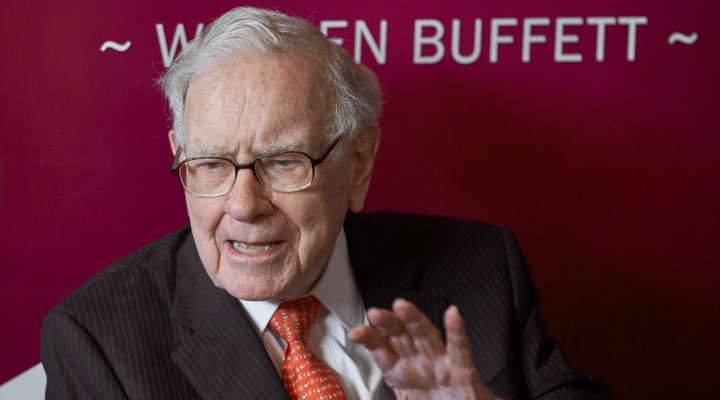
With its 4-star rating, we believe Uber’s stock is undervalued compared with our long-term fair value estimate.
Our $68 fair value estimate represents an enterprise value of four times our 2023 revenue estimate. We project that Uber’s revenue could grow 17% on average annually over the next five years.
We expect revenue to grow faster than portions of Uber’s cost of revenue, including hosting, transaction processing, and insurance costs, which will result in gross margin expansion. With its network effect, we think Uber should also be able to increase revenue at a faster pace than selling, general, and administrative costs, especially in the sales and marketing lines, while spending relatively less on operations and support costs.
We anticipate that R&D will remain elevated, as Uber is likely to invest in new ventures within the on-demand delivery services market, though we expect declines in R&D as a percentage of net revenue as well. We assume the firm will begin generating GAAP operating income in 2024, and we expect operating margin expansion to 8% by 2027.
Key Morningstar Metrics for Uber Technologies
Fair Value Estimate: $68
Morningstar Rating: 4 stars
Morningstar Economic Moat Rating: Narrow
Morningstar Uncertainty Rating: Very High
Economic Moat Rating
We assign Uber a narrow economic moat, based on its network effects and valuable intangible assets in the form of user data.
Uber’s network effects benefit drivers and riders, creating a continuous virtuous cycle. As a first mover in this market, Uber began to attract riders mainly via word-of-mouth. Growth in demand and further word-of-mouth marketing attracted more drivers, increasing the firm’s vehicle supply. As the number of drivers has increased, the timeliness and reliability of the service has improved, attracting further users, which in turn attracts more drivers—all of which indicates a network effect.
Still, we don’t believe Uber benefits from customer switching costs. In our view, the ride-hailing industry lacks barriers to entry or exit for both customers and drivers, who can easily switch to Lyft or other competing platforms. Customers also have other transportation options like taxis and public transit. While firms with network effects benefit from the positive flywheel effect when a network expands, they also run the risk of a negative flywheel if customers, drivers, or both depart, especially when the network lacks meaningful switching costs.
Uber gathers data from riders and drivers, learning about the location and timing of ride requests. As it does so, the firm can get a clearer picture of users’ tendencies. Combined with the user-generated driver ratings, we think such information helps Uber improve the timeliness of matching riders with drivers. Such overall enhancement in service could help the firm strengthen its network effect by increasing users and ride requests per user, which helps it gather additional data, possibly further increasing the overall value of the data.
UBER - Bulls Say
Uber’s position in the autonomous vehicle race could equalise gross and net revenue, should it no longer need to pay drivers.
Pressure to pay a minimum amount per trip to contracted drivers could create a barrier to entry for smaller players, helping Uber in the long run.
Uber’s aggregation of multimodal offerings will drive in-app stickiness, making it a one-stop shop for all transport needs.
UBER - Bears Say
The development of autonomous vehicles, and especially Google’s Waymo, could eliminate the need for all existing ride-hailing platforms.
Ride-hailing is still a relatively new industry, which leaves plenty of room for increasing regulations that could hurt Uber.
Uber’s public perception has suffered in recent years because of data breaches and exposés about its bad culture of sexual misconduct and internal racial discrimination issues.
Risk and Uncertainty
We assign Uber a Very High Uncertainty Rating, based on the number of competitors in the market and its network effect.
Uber faces intense competition in the United States from Lyft (LYFT), which has gained market share. In addition, it remains possible that Lyft out-innovates Uber to emerge as the top ride-hailing provider. There are also concerns about whether the firm’s network effect can remain an economic moat source if it is forced to incur additional costs imposed through regulations at the municipal, state, and/or federal levels. For example, Uber may be forced to conduct more thorough background checks on all driver applicants, such as adding costlier fingerprinting to the driver application process everywhere in the United States. Such concern is also an ESG risk related to human capital, as a lack of enough background checks may put riders at risk and lessen the quality of the firm’s services. At the same time, gathering more driver and rider data may increase the firm’s ESG risks around data privacy and security.
Other regulatory issues may also serve to inhibit Uber’s network effect, such as whether it will have to pay a minimum amount to each driver or courier per trip. While the firm may have to concede and implement such policies, it will also likely take an overall higher percentage from the gross revenue generated per ride, as its price is likely to remain competitive with Lyft’s. Lack of adequate compensation and/or benefits also constitutes a human capital ESG risk, in our view, as it can lead to drivers jumping to other platforms and reversing the network effect. We note that both Uber and Lyft are likely to demand higher take rates.
This article was compiled by Brendan Donahue.





























